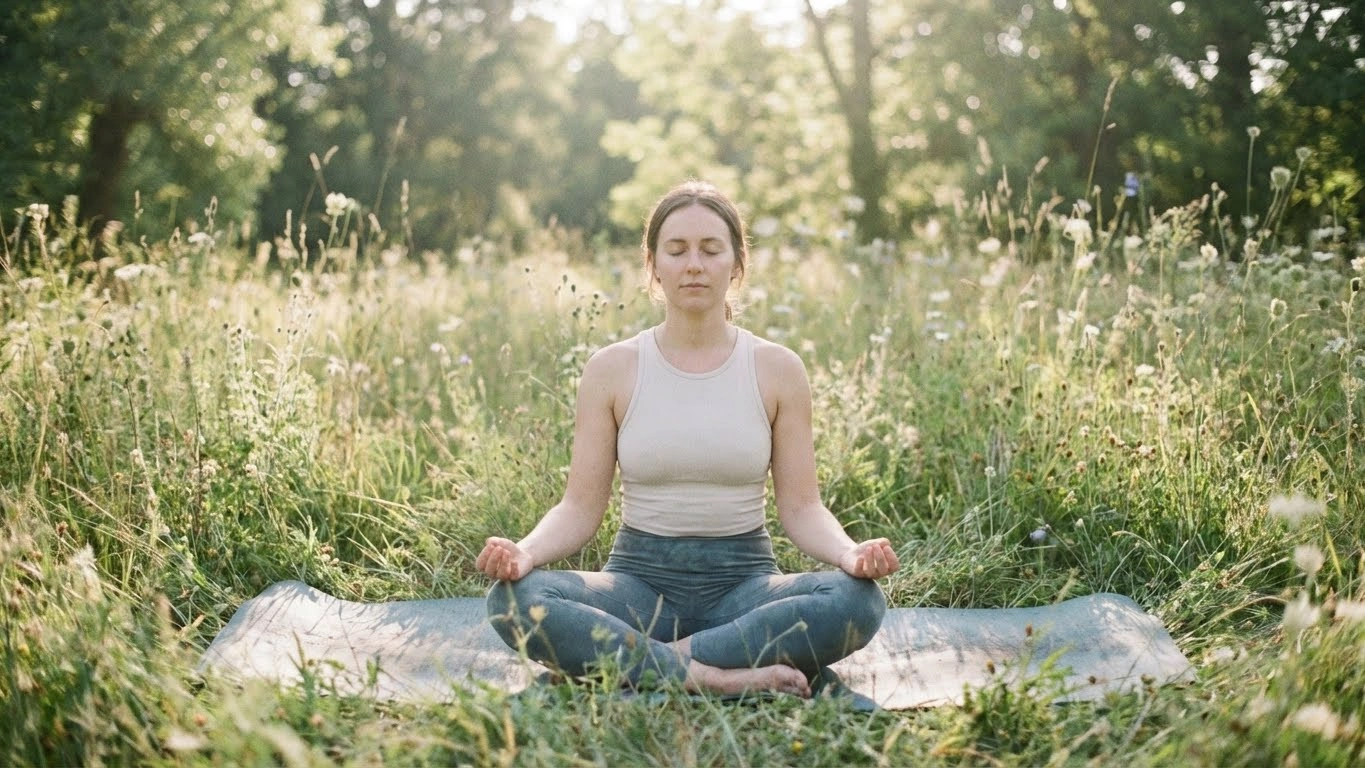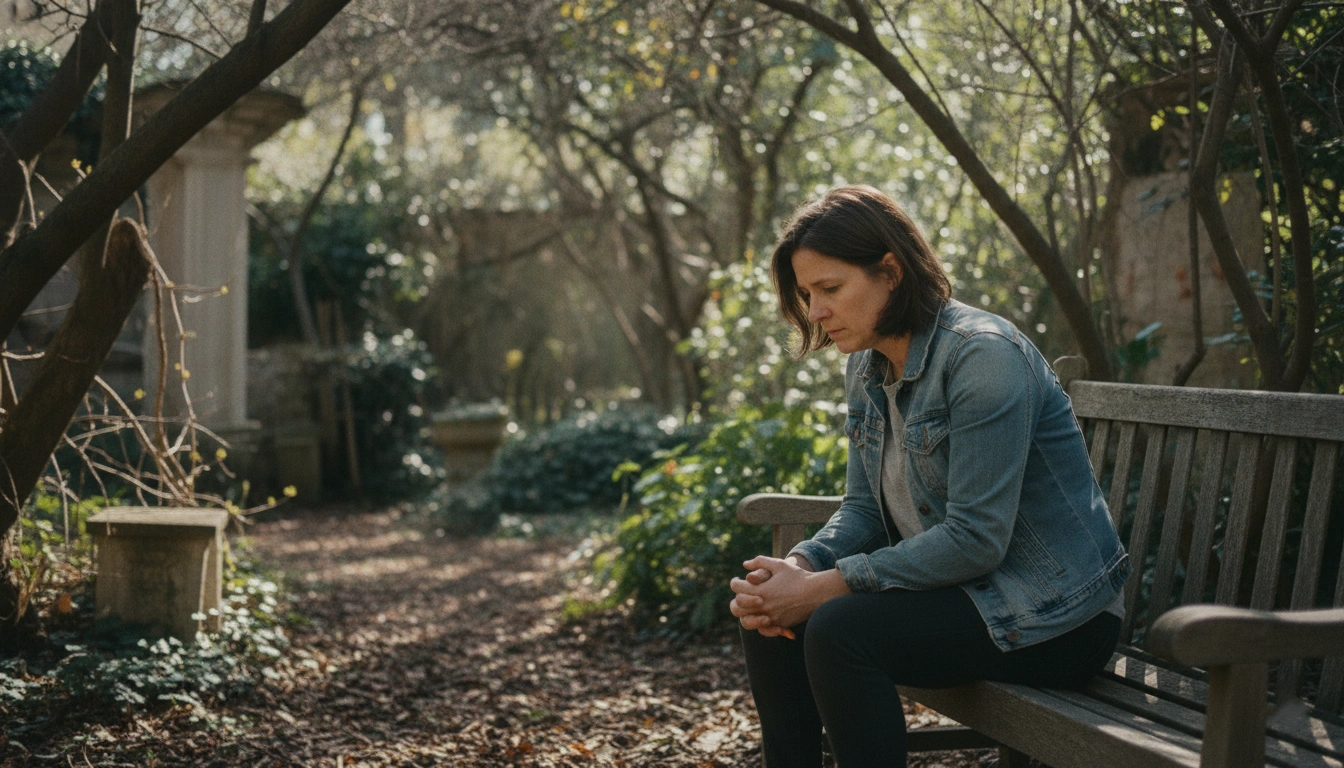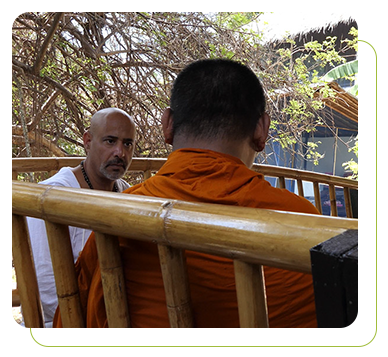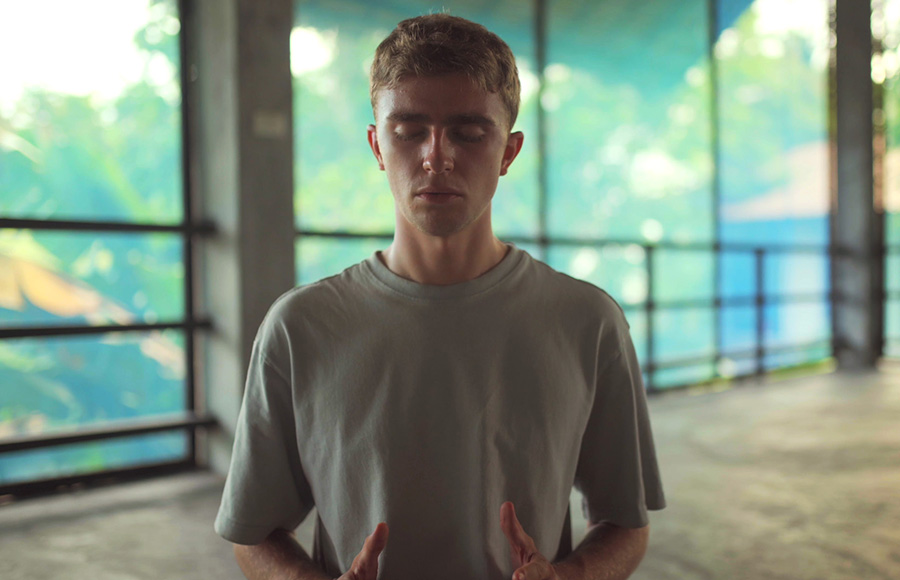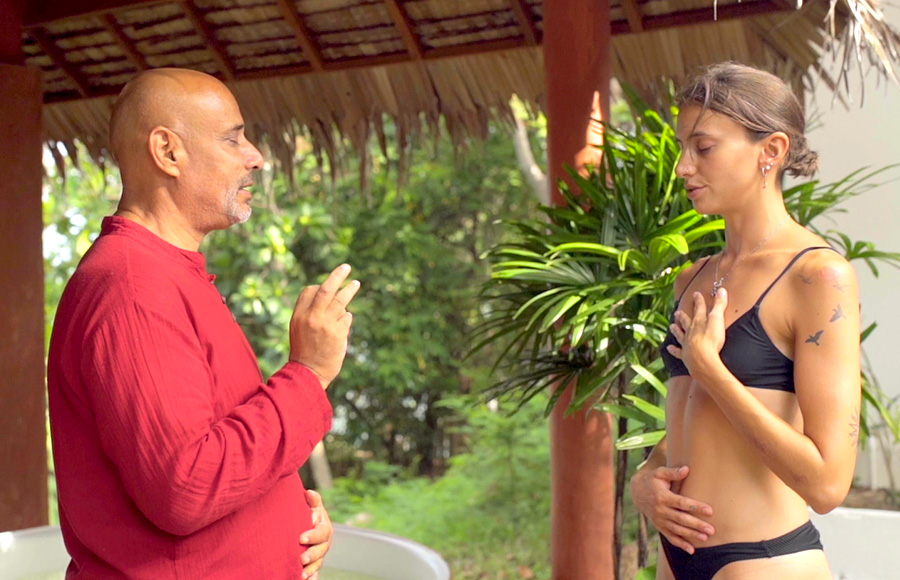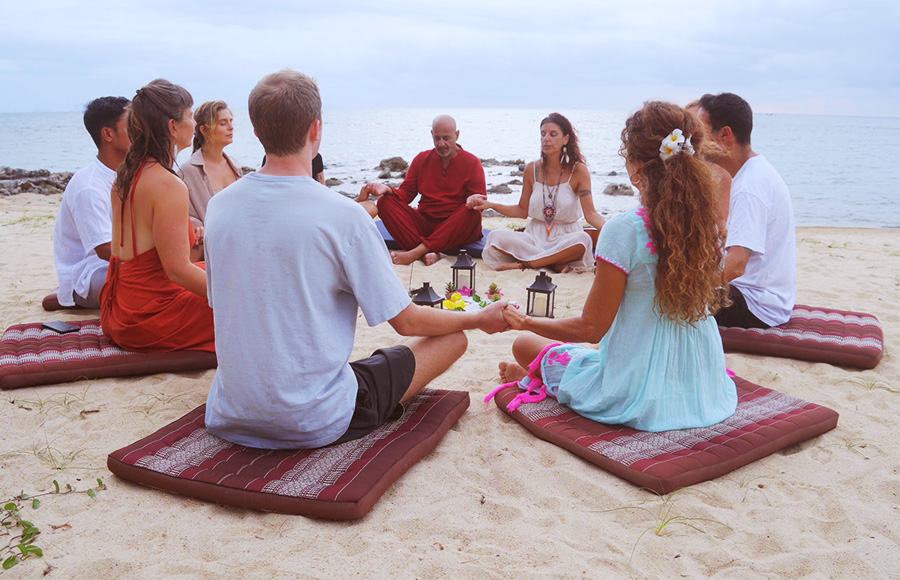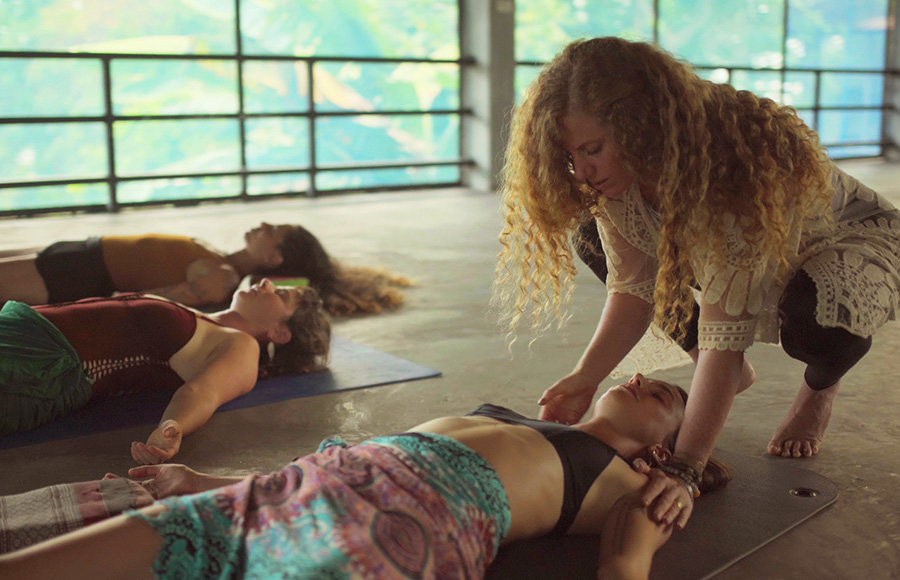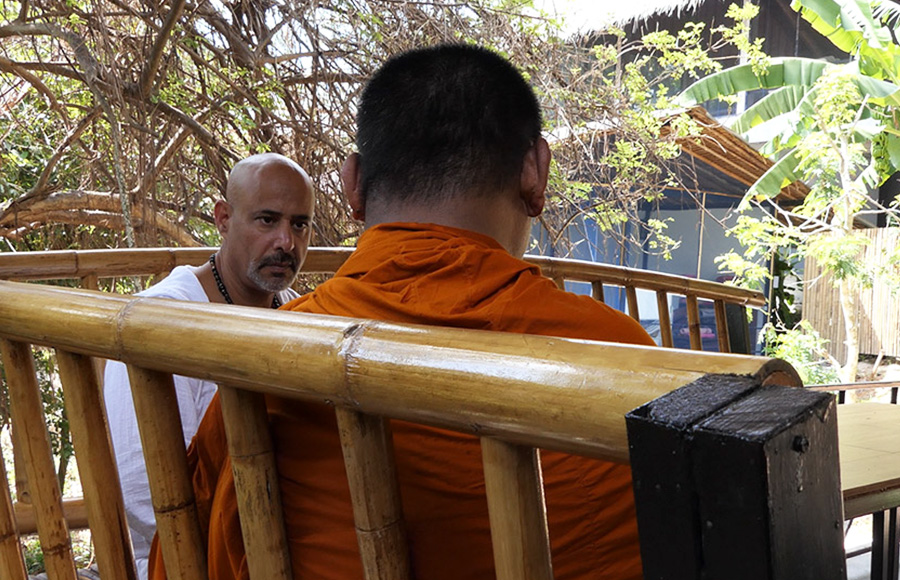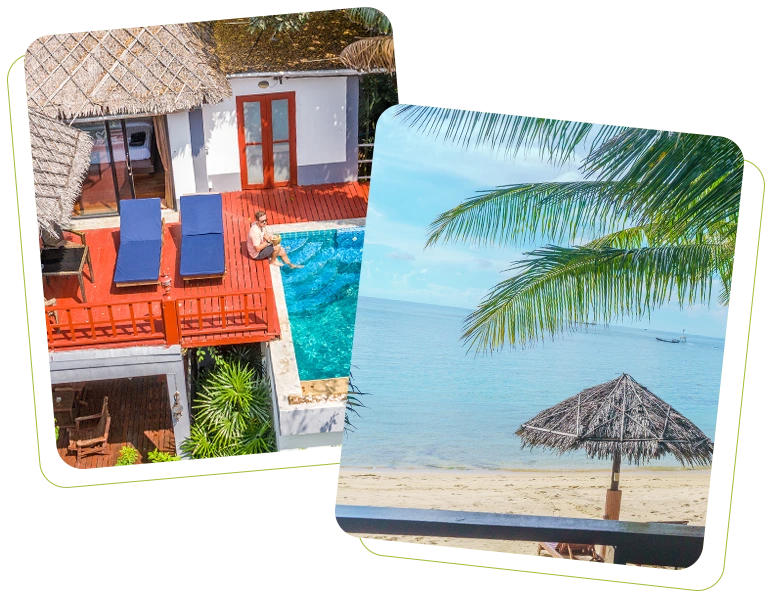Mindful Recovery: Using Presence to Overcome Cravings and Triggers
05 min read

The Power of the Pause
In recovery, one of the most important skills you can learn is the power to pause.
Between the craving and the choice, between the trigger and the reaction — there’s a moment.
Mindfulness lives in that moment.
At Holina Rehab Thailand, mindfulness isn’t just a meditation practice — it’s a way of living.
It’s how you meet your emotions with compassion instead of control.
It’s how you learn that peace doesn’t come from avoiding life, but from being present with it.
Cravings lose their power not when they disappear, but when you stop believing they define you.
What Is Mindfulness in Recovery?
Mindfulness means paying attention, on purpose, to the present moment — without judgment.
It’s the art of awareness: noticing thoughts, sensations, and emotions as they arise, and allowing them to pass without clinging or resisting.
In recovery, mindfulness helps you:
Recognize cravings as temporary mental events, not emergencies.
Observe triggers without acting on them.
Reconnect with the body’s signals for safety and rest.
Build emotional resilience through awareness and compassion.
It transforms the relationship with discomfort — teaching that feelings don’t have to be fixed, only felt.
The Science of Mindfulness and Addiction
Modern neuroscience confirms that mindfulness changes the brain — literally.
It strengthens the prefrontal cortex (responsible for self-regulation) and weakens overactivity in the amygdala (fear and stress response).
Mindfulness also increases dopamine sensitivity, allowing pleasure to return naturally after addiction.
At Holina, mindfulness-based relapse prevention (MBRP) is integrated into therapy and daily routines.
Over time, clients discover that awareness itself is medicine — balancing the nervous system and creating space between impulse and action.
Understanding Cravings: What the Body Is Really Asking For
A craving isn’t just a desire for a substance — it’s a signal from the body.
It’s saying, “Something in me is uncomfortable, and I need relief.”
When you meet that discomfort with mindfulness instead of escape, you begin to uncover what the craving truly means:
A longing for calm → need for safety.
A hunger for pleasure → need for joy.
A surge of anxiety → need for grounding.
Mindfulness helps you decode these messages and respond with care instead of compulsion.
You learn that cravings are not commands.
They’re invitations — to listen, to breathe, to choose differently.

The Holina Approach: Presence as Healing
At Holina Rehab Thailand, mindfulness isn’t a class you take — it’s a way of being woven through every aspect of the program.
From morning meditation to therapy sessions, meals, and even silence by the ocean, clients learn to bring awareness into everything they do.
Our mindful recovery practices include:
Daily meditation and guided breathwork
Mindful movement and yoga
Mindful eating practices to restore connection with the body
Mindful communication workshops for emotional intelligence
Relapse prevention through awareness training
Through these practices, presence becomes the safest place to be.
“Mindfulness taught me that cravings weren’t monsters — they were messages. And I could listen without obeying.”
— Holina graduate, UK
Cravings as Waves
At Holina, clients are taught to see cravings like waves: they rise, peak, and fall.
The key is not to fight them — but to surf them.
In mindfulness sessions, therapists guide clients to:
Notice the craving as it arises.
Name it (“Here’s craving,” “Here’s anxiety”).
Breathe and stay curious.
Watch it pass.
Every time you do this, you strengthen a new neural pathway — one that says, “I can feel this and stay safe.”
The wave passes. The self remains.
Triggers: Turning Awareness Into Power
Triggers are reminders — internal or external — that activate memories or emotions linked to addiction.
They can be sensory (a smell, a place), emotional (stress, sadness), or social (certain people or situations).
Mindfulness transforms the trigger from a trap into a teacher.
Instead of reacting automatically, you learn to observe the pattern with interest:
“What is this showing me? What does this feeling need?”
This conscious curiosity breaks the cycle of reactivity — giving you choice where there used to be compulsion.
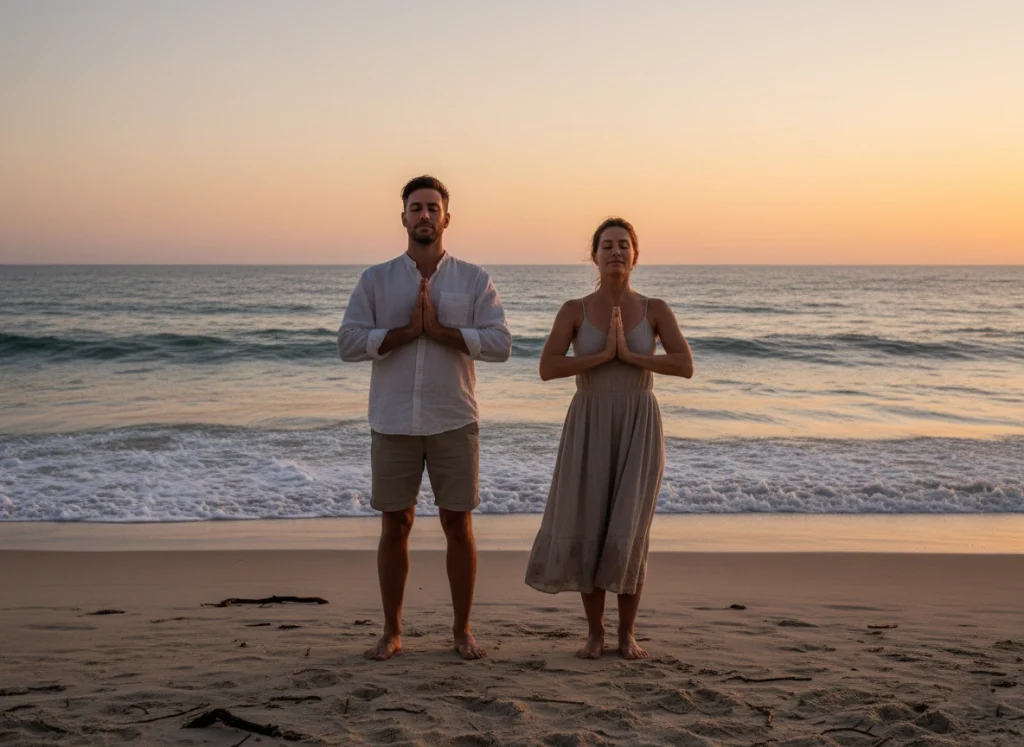
Mindful Breathing: The Anchor of Recovery
Breath is the bridge between body and mind — the simplest, most accessible tool in every moment.
At Holina, clients learn several breathing techniques for grounding during cravings:
Box breathing (4–4–4–4): Inhale, hold, exhale, hold — steadying the nervous system.
Long exhale breathing: Extending the out-breath to calm the heart rate.
Ocean breath (Ujjayi): Gentle sound of the sea to focus the mind and soothe the body.
With practice, the breath becomes a safe home — a reminder that you can always return to yourself.
Mindful Emotions: Feeling Without Fear
Addiction teaches avoidance — pushing emotions away, numbing pain, silencing sadness.
Mindfulness teaches allowance — creating space for every feeling to be felt without judgment.
In therapy sessions, clients are guided to name their emotions (“fear,” “loneliness,” “grief”) and breathe with them.
By giving feelings permission to exist, they naturally lose intensity.
This is one of the most profound insights of mindful recovery:
What we resist, persists.
What we allow, transforms.
Mindful Movement: Reconnecting With the Body
The body holds memory.
At Holina, yoga and mindful movement help clients reconnect with their bodies gently — learning to inhabit them with trust instead of shame.
Through movement, they release tension and rediscover vitality.
The physical practice mirrors the emotional process: strength through softness, balance through surrender.
Every stretch, every breath becomes an act of returning — to the body, to presence, to peace.
Mindful Relapse Prevention
Relapse prevention at Holina goes beyond willpower. It’s about awareness.
By noticing early warning signs — subtle tension, irritability, fatigue, isolation — clients can intervene with mindfulness before old patterns return.
Our Mindful Recovery Pathway includes:
Daily awareness journaling.
Emotional check-ins before therapy.
Guided meditations focused on craving awareness.
Somatic grounding for stressful moments.
This practice turns mindfulness from a concept into a life skill — one that protects peace long after treatment ends.
The Role of Nature in Mindful Healing
Thailand’s natural setting is itself a teacher of mindfulness.
The ocean reminds you to breathe. The jungle reminds you to slow down. The sunsets remind you that endings can be beautiful.
At Holina, mindfulness often takes place outdoors — meditating by the sea, walking through gardens, or sitting beneath palm trees.
Nature naturally quiets the mind and anchors presence.
Clients often describe these experiences as moments of spiritual awakening — not through belief, but through being.
“I learned more from watching a sunset than I ever did running from my feelings.”
— Holina alumni, Australia
How Mindfulness Rebuilds the Brain
Each moment of awareness literally rewires the brain toward recovery.
This process, known as neuroplasticity, means your brain can heal and strengthen new pathways of calm and control.
The more you practice mindfulness, the more your mind learns to respond, not react.
You begin to experience choice — and with choice comes freedom.
Over time, mindfulness transforms not just habits, but identity.
You no longer see yourself as “fighting addiction,” but as living awake.

Bringing Mindfulness Into Everyday Life
Holina teaches that mindfulness doesn’t belong only on the meditation cushion — it belongs everywhere.
You can practice it:
While eating (savoring every bite).
While walking (feeling your feet on the ground).
While speaking (listening before responding).
While resting (noticing the rise and fall of breath).
Each moment of attention becomes a moment of healing.
Recovery becomes not a destination, but a way of living.
Mindfulness and Self-Compassion
Mindfulness without compassion can feel like observation.
Mindfulness with compassion becomes transformation.
At Holina, clients are taught to hold their experience with warmth — not as judges, but as caretakers of their own humanity.
When you learn to meet pain with kindness, it softens.
The craving, the trigger, the emotion — they all become parts of you asking to be seen.
And when you finally see them, they stop needing to scream.
Spiritual Mindfulness: Awareness Beyond the Mind
For many, mindfulness opens the door to spirituality — not through doctrine, but through direct experience.
Sitting in stillness, you begin to sense something larger moving through you — presence, peace, or love.
Holina integrates this dimension gently, inviting clients to explore mindfulness as both psychological healing and spiritual awakening.
Because when you are fully present, you’re not just aware of life — you become part of it.
Aftercare: Mindfulness Beyond the Island
Mindfulness is a lifelong companion.
Holina’s aftercare program includes:
Virtual mindfulness groups and meditations
Daily practice reminders
Access to alumni mindfulness retreats
Personalized follow-up coaching
Clients leave equipped not just with tools for sobriety, but practices for serenity — ones that travel with them wherever life goes.
Stories of Mindful Transformation
“Cravings used to control me. Now, I can watch them come and go — and stay peaceful.”
— Holina graduate, UK
“Mindfulness gave me back my power. Not by fighting, but by breathing.”
— Holina client, Singapore
“I used to live in the past or the future. Now I live in this moment — and it’s enough.”
— Holina alumni, Germany
Each story speaks to the same realization: peace was never missing — only unnoticed.
FAQs About Mindfulness at Holina Rehab
Q1: I’ve never meditated before. Can I still practice mindfulness?
Absolutely. We start gently, guiding you through simple practices that anyone can do.
Q2: Does mindfulness replace therapy or the 12 Steps?
No. It enhances both by increasing self-awareness, emotional regulation, and connection.
Q3: What if I can’t stop my thoughts during meditation?
You don’t need to. Mindfulness isn’t about stopping thoughts — it’s about noticing them without judgment.
Q4: Can mindfulness help with anxiety or trauma?
Yes. It teaches the body to feel safe in the present, reducing anxiety and trauma responses.
Q5: How long before mindfulness starts to help?
Even one mindful breath can change your state. With consistent practice, the benefits become lasting.
Conclusion: Peace Is Found in Presence
Addiction teaches escape. Mindfulness teaches return.
Return to your breath, your body, your truth.
At Holina Rehab Thailand, mindfulness is more than a tool — it’s a way of remembering who you are beneath the noise of craving and fear.
When you stop running from the moment, you discover the peace that was always waiting within it.
Because recovery isn’t about controlling life — it’s about being alive to it.
Begin your healing journey with Holina today.
Get back to yourself — one mindful breath at a time.
About Me
Ian Young
Ian Young is the Global Manager at Holina Care Centres in Koh Phangan, Thailand. Ian oversees the rehabilitation programs that blend the 12 Step model, Psychology, Counselling, Coaching, Somatic and many other therapeutic engagements, alongside various evidence-based therapies with holistic healing practices. Holina Rehab treats addictions, trauma, anxiety, depression, and other emotional challenges, offering comprehensive care in a serene resort environment. Ian, a charismatic speaker and author of “It’s Not About Me” leveraging his own recovery journey from addiction to inspire and guide others toward a fulfilling, addiction-free life.
Recent Blogs
-
29 Nov, 2025
The Power of Community in Addiction Recovery

